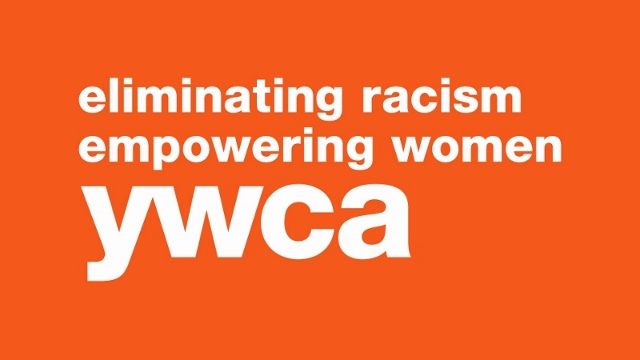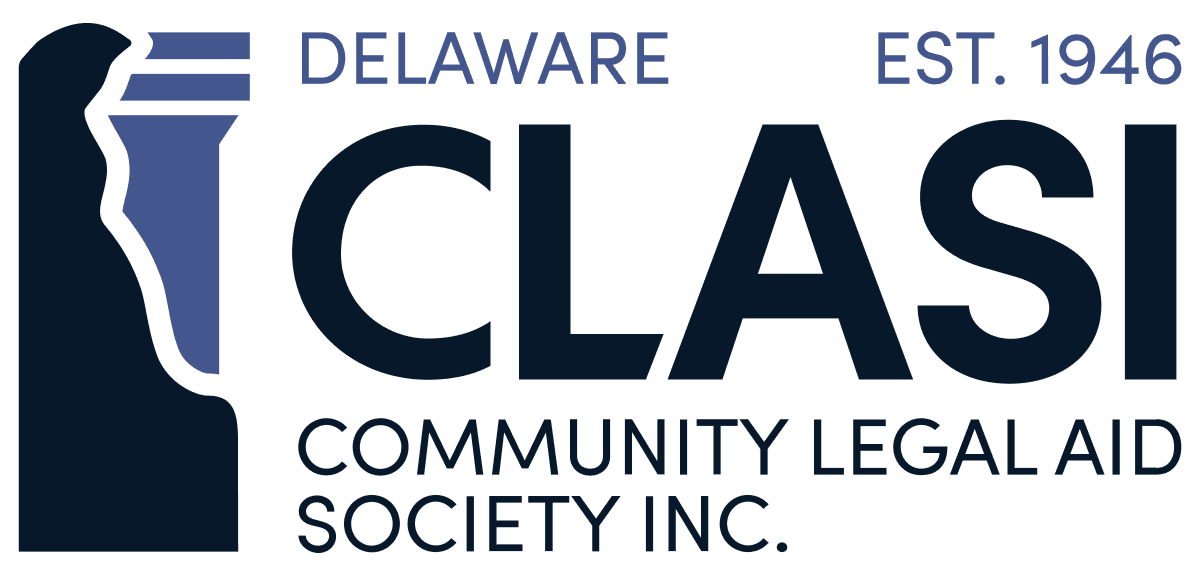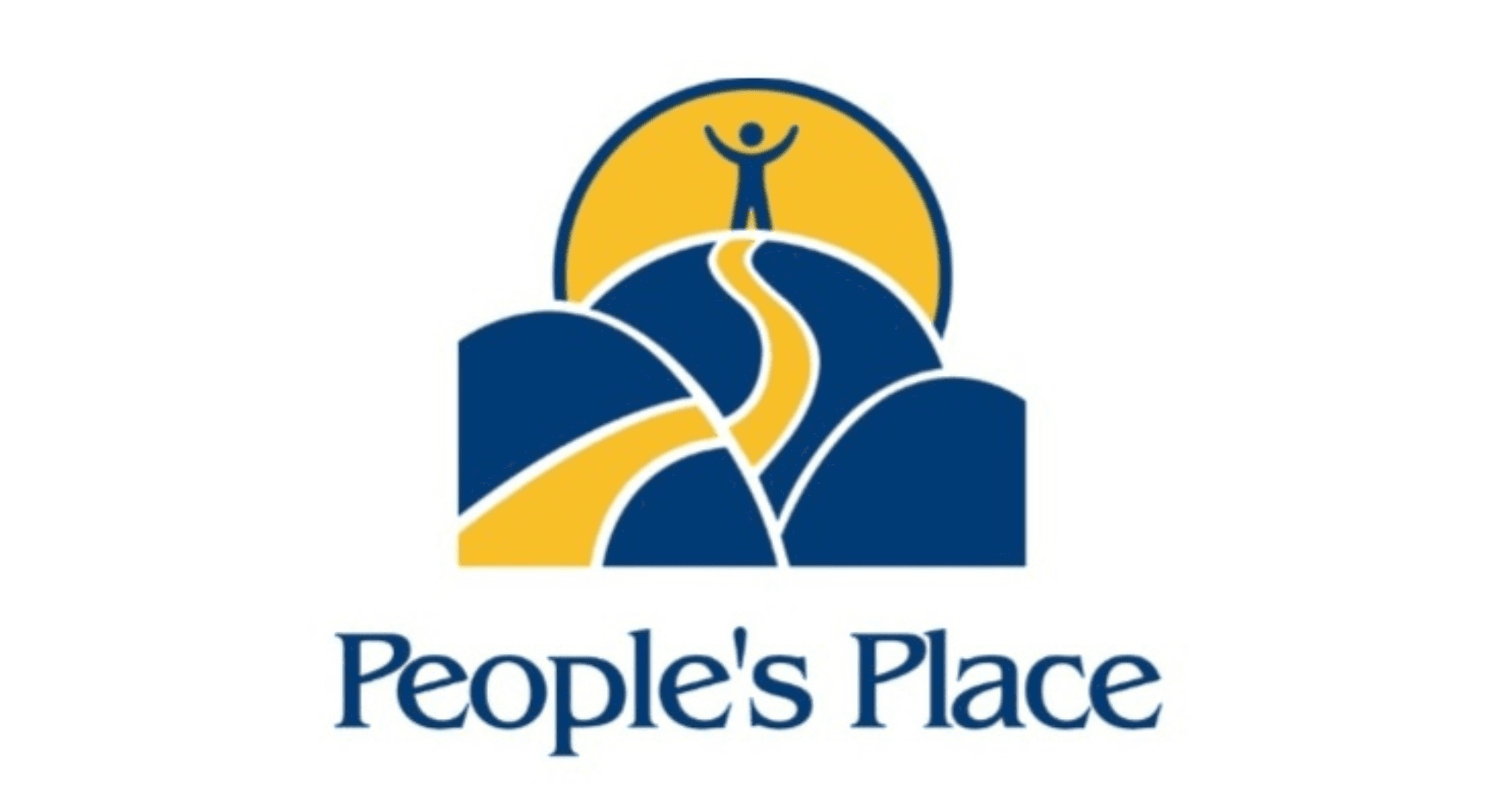17th Anniversary of National Stalking Awareness Month
Jennifer Landhuis
Director, Stalking Prevention, Awareness, and Resource Center (SPARC)
AEquitas
January 2021 marks the 17th anniversary of National Stalking Awareness Month (NSAM), an annual call to action to recognize and respond to the crime of stalking. NSAM was created in 2004 through efforts by activist Debbie Riddle after her youngest sister, Peggy Klinke, was brutally murdered by a stalker on January 18th, 2003.
The Stalking Prevention, Awareness, and Resource Center (SPARC) is honored to continue NSAM and work with Debbie and other incredible activists to raise awareness about stalking and its devastating impacts. SPARC, a project of AEquitas, was formed in October 2018 through funding from the Department of Justice, Office on Violence Against Women. SPARC aims to enhance the response to stalking by ensuring allied professionals have the specialized knowledge to identify and respond to this serious and prevalent crime.
Stalking is defined as a pattern of behavior directed at a specific person that would cause a reasonable person to feel fear. In a one-year period in the United States, approximately 6-7.5 million people experience stalking. An estimated one in six women and one in seventeen men experience stalking during their lifetimes. However, we know that despite our best efforts, stalking continues to be under recognized and underreported. As advocates and other professionals, we must be able to identify stalking behaviors and help victims find safety and support, including guiding victims who choose to access and navigate the criminal and civil justice systems
Stalking behaviors are most easily identified by using the acronym SLII, which stands for the categories of stalking behavior: surveillance, life invasion, interference, and intimidation[1]. Surveillance behaviors generally include tactics such as following, watching, using tracking software, waiting for a victim, obtaining information about a victim or engaging in proxy stalking. Life invasion includes unwanted contact at home or work, phone calls, property invasion and public humiliation. Interference includes financial and work sabotage, custody interference, ruining a reputation and physical/sexual attacks. Intimidation includes threats, property damage, forced confrontations and threats by the offender to harm self or others. We know that simply asking victims if they experience stalking isn’t enough, as many individuals do not identify their experience as stalking. Asking, instead, about these specific behaviors can help both victims and responders identify the experience as stalking.
SPARC provides numerous resources to assist professionals in identifying and responding to stalking. During the month of January, we encourage you to join our efforts to Learn, Teach, Share and Reflect. SPARC offers specific resources for victim service providers as well as information for victims and their friends/loved ones.
Because there are so few stalking specific agencies, domestic and sexual violence organizations are often tasked with assisting victims of stalking with safety planning and advocacy. This organizational checklist can help you assess your organization’s efforts to respond to stalking.
We encourage you to promote awareness about stalking during the month of January as well as throughout the entire year. We appreciate all that you do on behalf of stalking victims and to create awareness and response t
[1] Logan, TK & Walker, R (2017). Stalking: A Multidimensional framework for Assessment and Safety Planning. Trauma, Violence and Abuse 18(2) 200-222.




